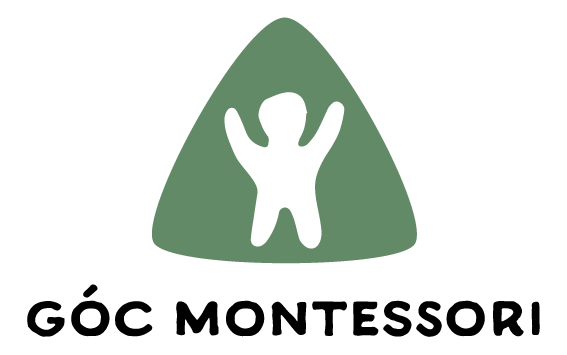
GROSS MOTOR DEVELOPMENT AND THE BRAIN
- Author: Góc Montessori lúc
- Blog - Our advice, tips & Experiences
- - 0 Bình luận
Infant Gross Motor Development
There are so many gadgets and tools to hold babies these days. It is easy to get confused about what is good for your baby and right for you. In Montessori, we typically don’t place babies into positions they cannot themselves get into. We respect babies as individuals and appreciate their natural progression and growth on their own personal timeline. We do not rush a baby’s gross motor development to learn, for example, to sit up before they do so themselves. Instead, we respect that each baby will sit once their muscles, bones, and brain have developed to allow them to do so. This means respecting each baby by giving him/her space and time needed as they explore themselves and where they fit into their environment.

Emmi Pikler (creator of the Pikler triangle) shared a similar view as Maria Montessori on children developing their gross motor skills and even stated that the process of learning these first gross motor skills (rolling, crawling, sitting, walking, etc.) would play a major role in the rest of the child’s life. She believed it is during this time that the infant learns his/her ability to do something independently through patient and persistent effort. To aid a child’s gross motor development, Emmi Pikler developed the famous Pikler Triangle. (You can check out more of our articles on Pikler triangles here). For she understood the great importance of gross motor development and the connection between the body, the brain, and how a child learns.
Toddler Gross Motor Development
Gross motor skills are those which engage the whole body or large muscles, think big movements - sitting, standing, walking, jumping, running, climbing, also included is hand-eye coordination. The more your child practices these movements the faster their brain will get at sending these messages making reaction time of movements quicker.
Gross motor skills ensure children are developing to the best of their abilities. When children are running, jumping, climbing, and playing their brains are making connections and processing the information received from the outside world. Physical development is connected to brain development. As a child’s gross motor skills develop so do their opportunities to explore their environment, for perceptual learning, and for social interactions, as well as self-autonomy.

So what does that mean for my child? Getting your child up and moving by encouraging gross motor play aids in brain development. Furthermore, motor development is essential for higher learning. Give your little one as much freedom and as many opportunities to move as possible. While outside this may mean hitting the parks and playgrounds, inside this could be placing couch cushions on the floor for your little one to climb on or investing in a Pikler Triangle. Don’t let your environment limit your child’s gross motor development, instead set them free and allow their body and brain to flourish.

We at Góc Montessori hope you found this article useful and informative. Be sure to check out our Pikler Triangle and our related blog articles if you would like to follow your little one’s interest in climbing.
Written by
Góc Montessori
>> Products mentioned in this article: Pikler Triangle









Viết bình luận
Bình luận